It’s not pretty, but it gets the job done.
This is the first time I’ve been working with 230VAC which was both scary and exciting. This power supply is based on a Weber transformer with eight 11VAC 300mA and one 9VAC 2A secondaries. The 9VAC secondary was left as-is and will be used to power my Podxt, and after digesting lots of information from geofex I figured out how to make eight isolated and regulated 9VDC outputs to power all the effect pedals I could ever want or need.
Update: Now that I’ve actually started using it I’m thinking it would have been nice to also have +18V, -9V and a bi-polar +9V/-9V. Once I find the time I’ll have to modify this thing.
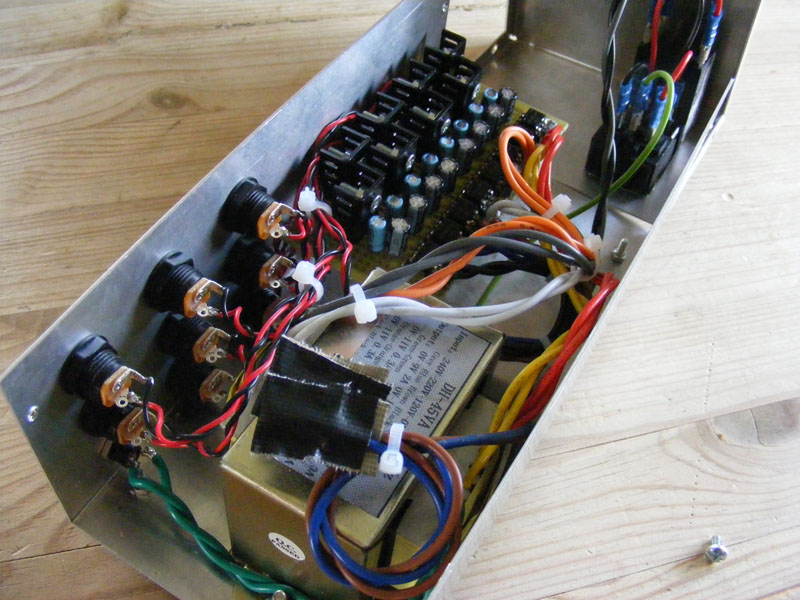
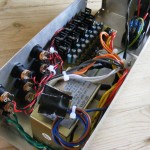
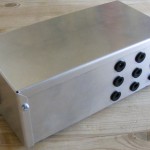
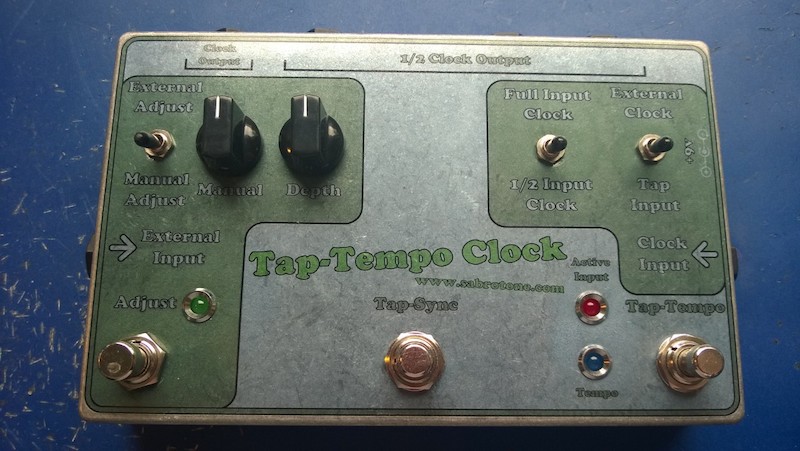
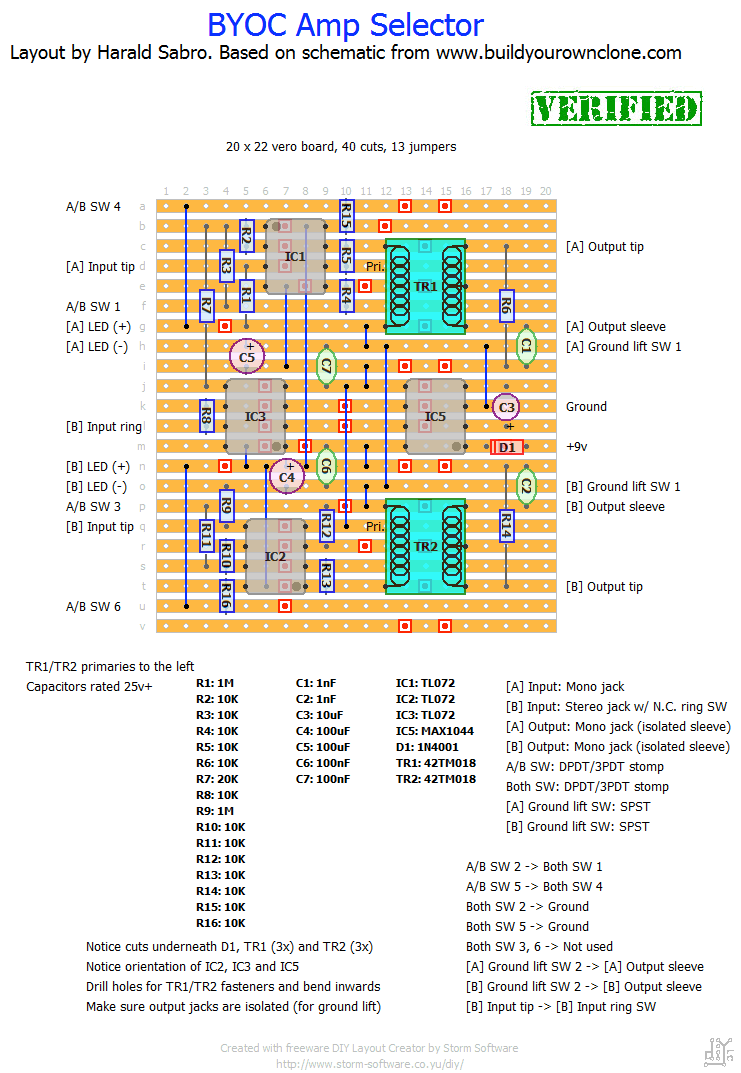
Hi rockman,
I’m not entirely sure what you are referring to, but I’ll make a guess.
The reason a higher voltage source is used is because of the regulator ICs. These things help create much more stable and noise-free power for your effects, but in order to do so they need to be working off of a voltage that is higher than the one they’re supposed to put out, typically a couple of volts. Check out the datasheet for a typical regulator IC, and it will probably be explained much better than what I can.
Hi all, it’s been a long time since this was posted, but i’ve got a question about the power supplies you made in USA.
All of the schematics i see are using 12 volt adapters converted to 9v….. wouldn’t be better if you use a 9 volt adapter directly? I suppose in USA the standard voltage is not like in europe, but it doesn’t matter if you want just 9volts at the end of your chain.
It’s just an idea, maybe i’m wrong………
I was able to find this page: http://geofex.com/article_folders/oldspyder/oldspyder.htm
Is this what you’re looking for?
Hi, i would like to build this power supply but all the technical details has been remove from geofex website. Is there someone could send me the complete guide at zsound@gmx.com.
Thanks
I’ve got a strong and healthy +9.05v, but these things do vary a bit. Have you tried measuring the voltages (careful!) before and after the rectification and regulation to try to figure out where the drop is occurring?
built this ps today,with output result 8.8v,,its normal?..how about your PS?
Hi, Scott. The rectifier bridge actually only have four legs, but it’s sized as a 6-pin DIP. Something similar to mouser #625-DF01M-E3.
Thanks for the layout. I am looking to build was wondering what rectifier bridge you used. I am having trouble finding a six pin bridge.
Not at all. I was in your shoes not long ago. Good luck with the power supply 🙂
Ah, I see, found both items on smallbear. Much, much appreciated. I apologize for being a nuisance but this is a whole new ground for me.
Cheers!
It’s a Weber power supply transformer. You can buy it from Smallbear or directly from Weber’s own site. As for the bridge rectifiers I picked these up at Mouser, but I can’t remember the part number. Most any bridge rectifier will do though as long as you get the right size; pretty much all of them can withstand a lot more than 9v/300mA.
Ah, I see, can’t believe how I didn’t catch that. Awesome, I get the whole concept now, thanks!
Any chance you’d know which model transformer and bridge rectifier work well?
Well, kind of. There’s an entry in the “other” section of vero layouts called “regulated +9v power supply” which I used (x8) to build mine, but it’s mostly wiring.
After so many successful builds from your site I’m really interested in this one, however I’m having trouble finding a schematic or a vero, is there one?
Hi, Edo. Yes, powering the pod worked perfectly.
Hi Harald, were you able to power your POD XT using the 9VAC secondary that you left as is? I’m thinking of using this to power my Line 6 M9.
There is already. The project mostly involves wiring, but there’s a small +9v regulated power supply vero in the “other” section on the layout page. That’s the one I used.
will there be a verolayout for this?
I want one 😛 rapadi@rapadi.net
I think the enclosure may have been a Hammond 1411S (it’s definitely a 1411). It might not look that way from the pictures, but this thing is quite big (too big for most pedal boards); it’s approx. 10cm tall. I built it primarily as a learning experience.
Looks nice, I built a PS as well but still need to find a good box for it. Where did you find the enclosure, does it fit under a pedalboard?